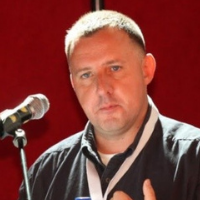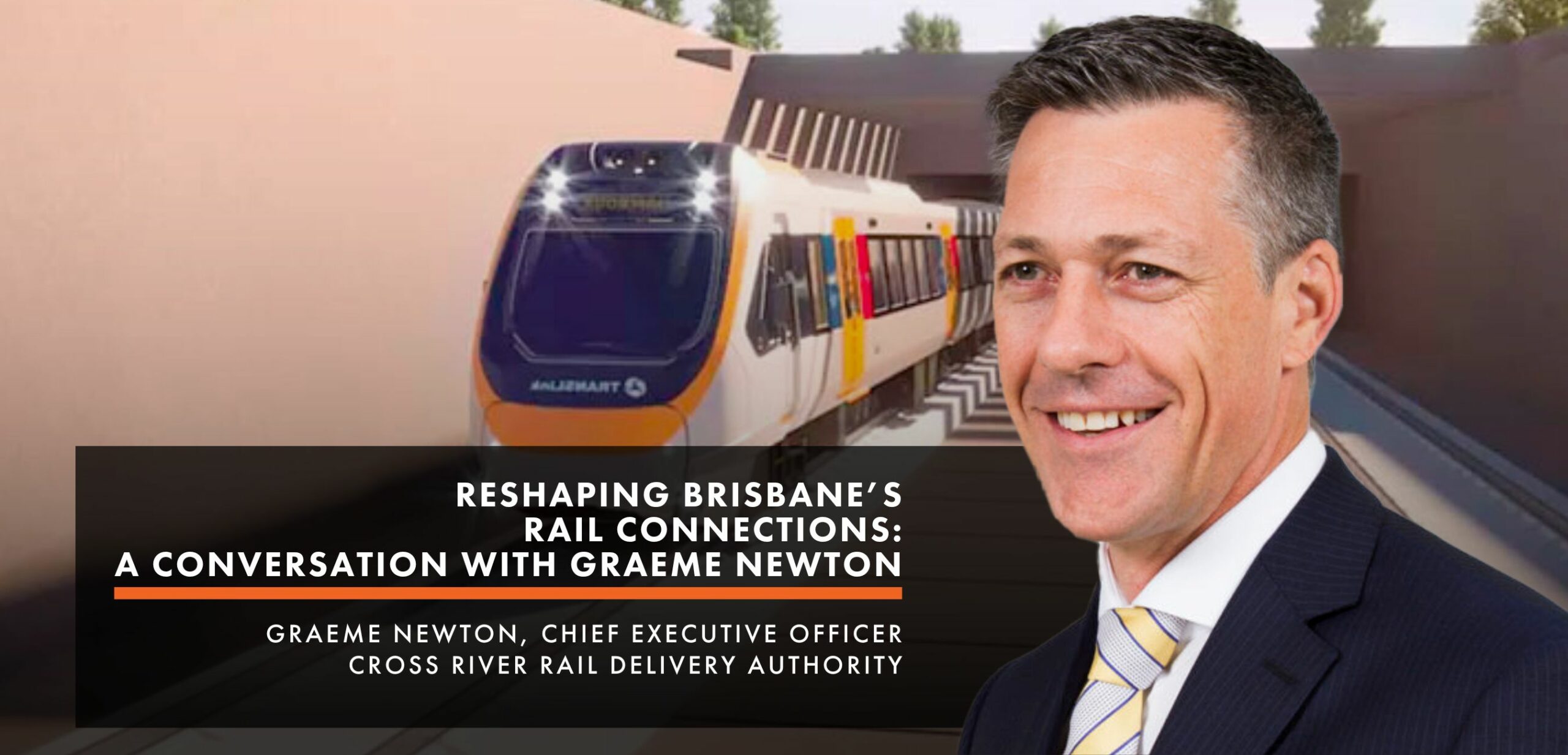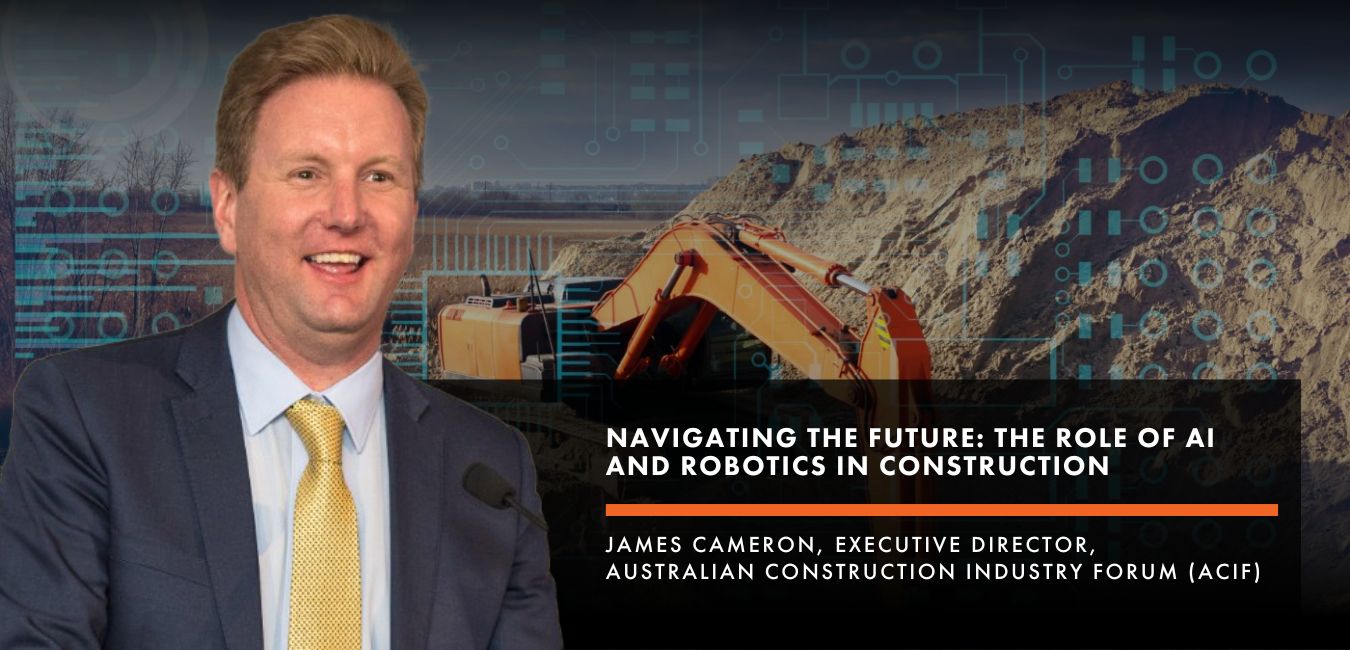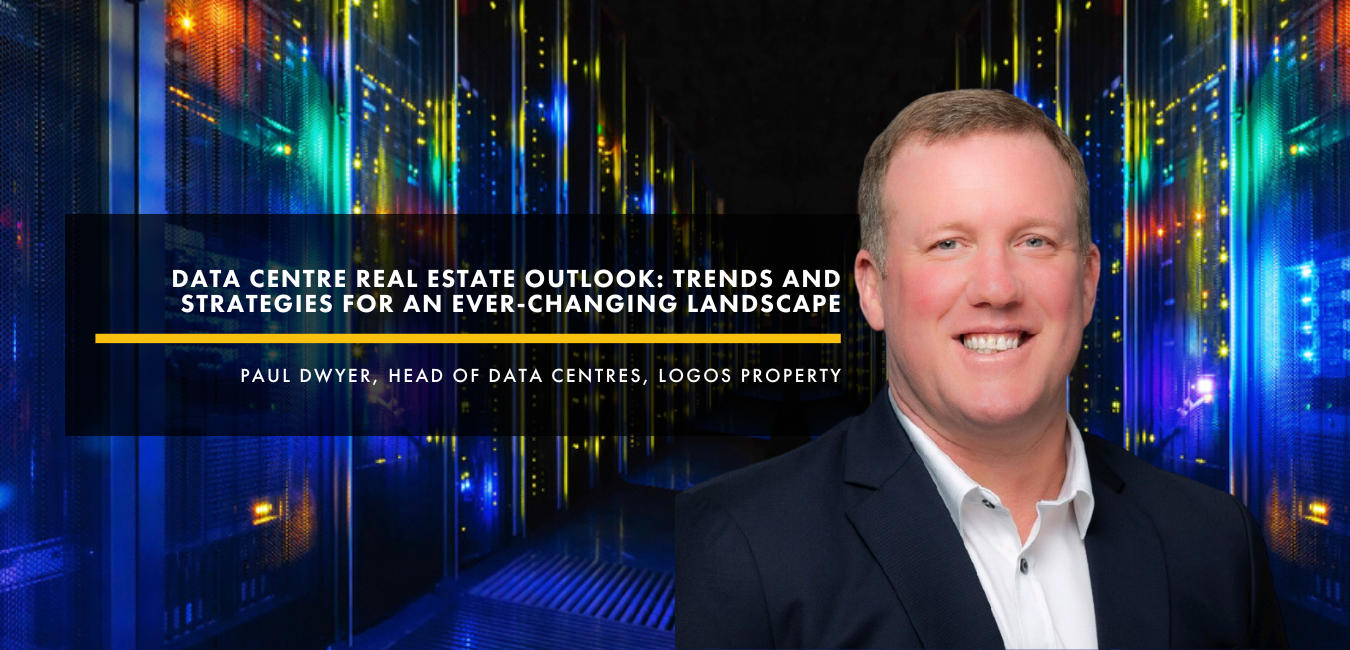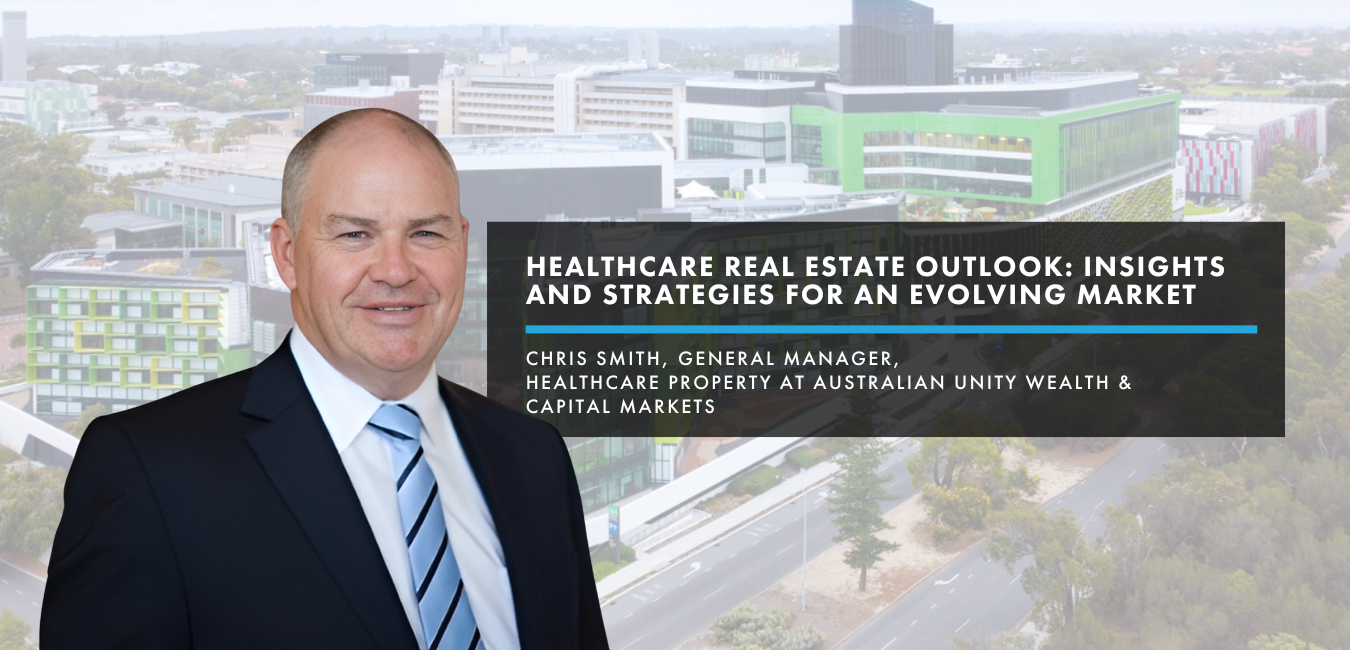Bringing Geospatial Tech to the Everyday Person.
Ed Parsons is the Geospatial Technologist at Google and works to evangelise geospatial data for widespread application. He is credited as being one of the core proponents of Google Street View. Based in London, Ed joined us for a Google Meet and discussed what he’s doing at Google, challenges in mapping, the trend of neogeography, and more.
FuturePlace: Can you tell us more about your role at Google?
Ed Parsons: I joined Google about 15 years ago and have had the same role since day one. The role is unusual as most Googlers are happy to spend their time in the office writing code rather than being out and about, which I am. When I originally joined, the focus was on Google Earth and then Street View, particularly in Europe. We had a lot of issues with Street View that were more concerning to those in Europe than other places. This was symptomatic of us having a rather simplistic worldview where if something was done in California, we assumed it would be okay in other places. Clearly, that’s not the case with society and local norms. We spent ten years learning how to do things differently around the world which is a good lesson to learn.
FP: Where do you start organizing the world’s geographical information?
EP: The traditional geospatial industry has been focused on two communities and uses. One was defense and intelligence: making maps of the world where you might want to go and fight wars. The other was in local government utilities: making sure people can connect to gas pipes and cable TV. Those two areas were the main professional uses for geospatial information.
With Google, we introduced a new use case involving everyday people. This is an area that the geospatial industry always wanted to do but we always made it too complicated. You always had to find someone in a white coat to explain how to do things. It took Google coming from the outside to say, “Actually, we can do this really simple and achieve a lot by just offering people basic tools that they’ll use every day.” That’s where the focus has been. Recognizing what we call the first law of geography, the things close to you are going to be more interesting than things farther away. It sounds really obvious and it is quite fundamental. If you’re searching for a plumber or looking for where to get your COVID jab, you’re more interested in places nearby.
All we had to do is work out where everything on the planet is. That’s what we’ve been doing for the last 15 years, slowly chipping away at where everything is. Now we’re working on where everything is now because that is different than where it was 30 minutes ago or yesterday. Or how it might be tomorrow. We brought that temporal element to what we do now.
FP: How did COVID impact that type of real time knowledge?
EP: Even though we aren’t traveling as much as we used to, when we do travel, we’re really concerned if places are going to be busy. Of if something about them is unexpected. We want to know that information in real time before we go to a place.
FP: How has travel changed with real time information supplied by geospatial tech?
EP: We don’t have to plan anymore. It used to be that if you were going to visit a new town, you’d print out maps, your itinerary, your hotel address, your receipts for a train ticket, and everything else. It wasn’t that long ago that you’d see people traveling with a binder full of paper that represented their trip. Now it’s all on our phone and we have the expectation that we can get access to the information we need immediately. If things change, we can replan on the fly. I remember the first time I saw my location on a map represented as a dot and I thought it was the most amazing thing. But now, we take it for granted.
FP: What can you tell us about neogeography?
EP: Neogeography represents that change. It’s no longer about defense and utilities. It’s also no longer just governmental authorities as the creators of geographical information. There are parts of the world where it’s only legal for governments to create maps. Like the internet has made us all publishers, neogeography has made us all cartographers — we can all contribute to the map. It might be information about a local neighborhood or we may ask a population to help us map parts of the planet that have never been mapped. There are parts of the world where it’s impossible to be on the map, where there is no way to represent where you are. We rolled out the plus code, which is a short combination of letters and numbers that give you an address on the planet even if there’s not a proper address system in your locality. This means you could put it on a form and share it so others could find you. With that, you can participate in society. We’ve taken it for granted in the West for a long time but it’s a gap and a philosophical problem. If you’re not on the map and there’s no way to represent where you are, do you even exist?
FP: Where’s the intersection between what you’re doing and last-mile delivery?
EP: It’s all part of the infrastructure that allows the last mile activity to happen. The internet has helped to create more communities. While we’ve been locked up in our own neighborhoods, we’ve communicated much more than we have in the past and local neighborhoods have become more important. That’s happened as a result of the internet and social media and sharing information online. On one hand, the internet means that location disappears but on the other hand, it means that location is reinforced because it helps create communities.
FP: Well, what’s the challenge there?
DL: There are some companies and here’s how I explain that. The broker is the middle of everything; they start the transactional process and all the money in commercial real estate is made because brokers put deals together. So there might be a CRM tool or productivity tool or a data tool that they’re using to help do that, or to put it in the funnel and get it to close. There are a lot of people attacking that transactional piece in a very positive way to help facilitate deals. Having said that, the technology around the outside of them is very important.
FP: What are you working on in regards to indoor locationing?
EP: It’s been an issue people have danced around for decades because it’s hard to solve. GPS doesn’t work as well indoors. There are alternative technologies emerging on mobile phones and other technologies associated with WiFi that will allow us to know more about where we are. But, it’s much harder to solve the structure of the building. Every building is a private space, you can’t just make a map of it the same way you could fly a plane over a city. It’s harder to build maps of the indoors. There are potential advances in terms of standards and ways of sharing indoor mapping information and building information models, but it’s still an unsolved problem. There’s a lot of money to be made in that space for whoever can solve it.
FP: Are the difficulties mostly technical or based in another area?
EP: The technical issues are the easy ones to solve in almost all cases. What’s more difficult is the policies and data sharing issues that we also have to solve simultaneously. This leads to a big question; what are the ethics of using geospatial information? When you share information, what are the consequences of that? Every time you take a picture, theoretically, you can share the location of where you took that picture and it’s time-stamped. That proves you’re at a certain place at that time, you couldn’t be anywhere else, and that’s quite interesting as a societal norm.
FP: And these norms are quite different based on your location, right?
EP: Exactly and that goes back to Street View. What was completely acceptable in California could never be done in Germany. That is an important lesson that the entire industry has gone through. In North America, the standard way of getting around is to get in a car and drive. It makes sense because of where you live and, therefore, you build a map product where the obvious way to get about is driving. But, if you live in London, you’re unlikely to drive, you’re going to use public transport or cycle. We’re only really catching up to that now, we need to offer alternatives to people. If you only cycle or use public transport, your experience of using Google Maps should be quite different than if you’re driving. The things that you’re concerned about are more than the shortest or quickest route but what’s the safest route. Or what’s the route that’s going to have the least amount of pollution?
FP: What’s the most exciting thing you’re working on now?
EP: For me, it’s the same as day one. It’s when we make an impact on people’s lives. It’s the little things that really make a difference. By having information about how the Tube is working in London or how congested a highway is, I can save someone ten minutes of their day. If I do that every day, it doesn’t take very long to save someone a week of their life. Or simpler things, like the capability in Google Maps where if you press on the blue dot that represents your location, you can record where you parked. It’s the things that save you the hassle that make a big difference. It’s about understanding the user and what things really cause pain in their lives and solving them. The other thing that motivates me is the awe of Google Earth. The ability to virtually travel anywhere on the planet and now zoom down into street view imagery. While we were all locked up, it was quite nice to take an hour and go explore.
PropTech NEXT Summit
Ed will be speaking at our PropTech NEXT Summit, taking place on 8-9 December 2021. Proptech NEXT is the most important regional event dedicated to built world innovation, technology, funding and matchmaking. Whether you are involved with office, industrial, construction, retail or residential… the Proptech Next Summit has got you covered.


